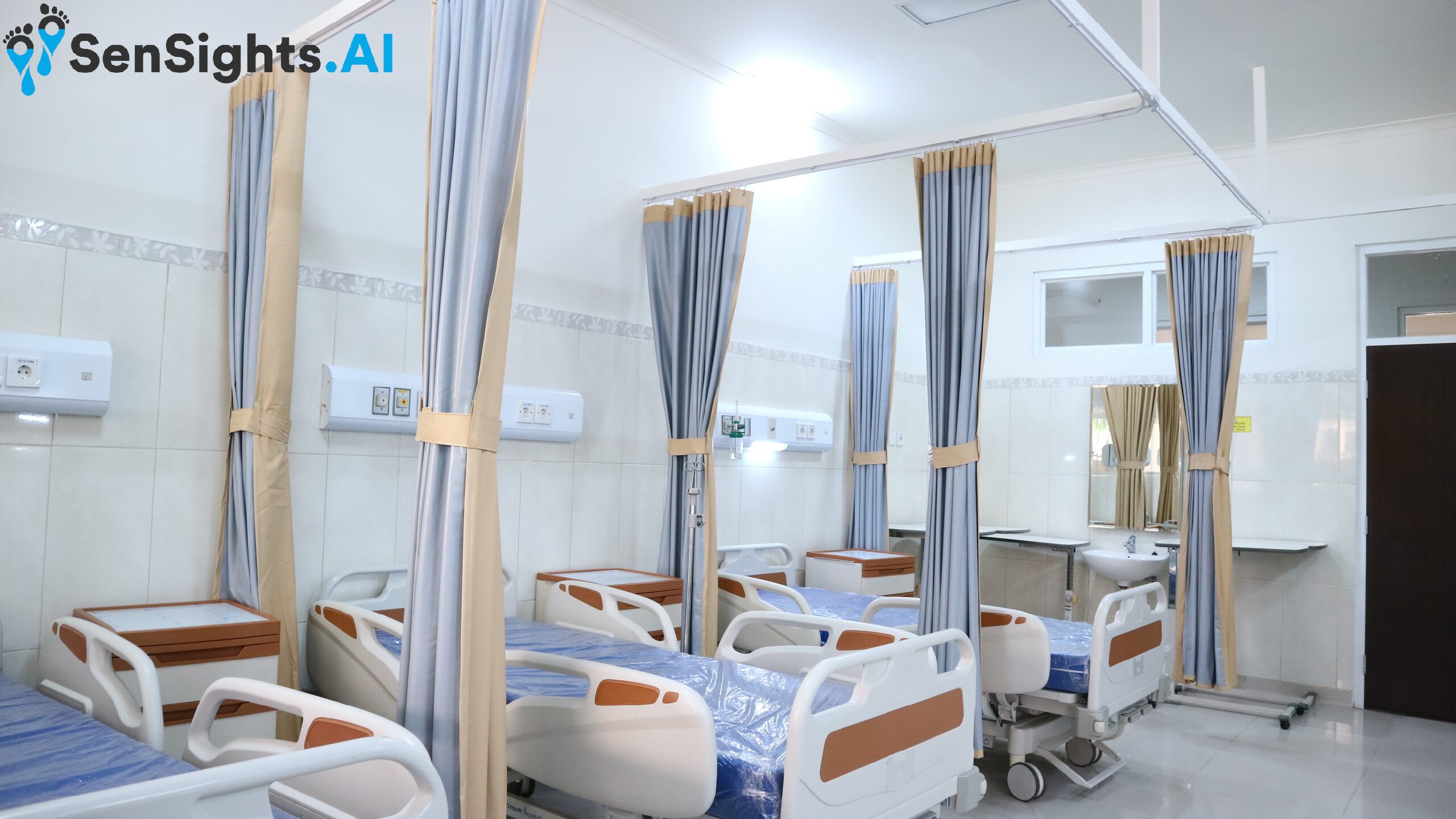Image Credit: Canva
Fast Healthcare Interoperability Resources (FHIR) has emerged as a transformative standard for data exchange in the healthcare industry. While its potential for improving interoperability is widely recognized, there are challenges associated with its implementation. In this blog post, we will explore some common FHIR implementation challenges and discuss strategies to overcome them.
-
Data Quality and Standardization: One of the key challenges in FHIR implementation is ensuring data quality and standardization. Healthcare organizations often have vast amounts of data stored in different formats and varying levels of data quality. To overcome this challenge, it is crucial to establish data governance policies and procedures. This involves defining data standards, implementing data validation processes, and conducting data cleansing activities. By standardizing data and improving its quality, organizations can ensure accurate and reliable data exchange using FHIR.
-
Legacy System Integration: Healthcare organizations frequently have legacy systems that were not designed with interoperability in mind. Integrating these systems with FHIR can be a complex task. To address this challenge, organizations can adopt middleware solutions or interoperability platforms that act as intermediaries between legacy systems and FHIR. These solutions can translate data formats, enable mapping between different data models, and facilitate seamless integration with FHIR-enabled applications.
-
Security and Privacy: FHIR implementation requires careful consideration of security and privacy measures. Protecting patient health information is paramount. To overcome security challenges, organizations should adhere to industry best practices for secure FHIR implementation. This includes using secure communication protocols, implementing authentication and authorization mechanisms, and encrypting data at rest and in transit. Additionally, organizations must comply with relevant privacy regulations such as the Health Insurance Portability and Accountability Act (HIPAA) to ensure the privacy of patient data.
-
Scalability and Performance: As FHIR adoption grows, organizations need to ensure that their systems can scale and perform efficiently. FHIR implementation may introduce additional data exchange and processing requirements that can strain existing infrastructure. To overcome scalability and performance challenges, organizations should conduct thorough capacity planning and performance testing. This involves assessing system capabilities, optimizing resource allocation, and leveraging cloud-based solutions for scalability when necessary.
-
Workflow and Change Management: Implementing FHIR can bring changes to existing workflows and processes. Healthcare organizations need to address the challenge of managing these changes effectively. This can be achieved through comprehensive change management strategies, including stakeholder engagement, training programs, and ongoing support. Ensuring that clinicians and staff members are well-prepared and equipped with the necessary knowledge and resources will facilitate a smooth transition to FHIR-enabled workflows.
Conclusion
Implementing FHIR holds tremendous potential for improving healthcare interoperability. By addressing challenges such as data quality, legacy system integration, security, scalability, and change management, organizations can successfully overcome barriers to FHIR implementation. With careful planning, collaboration, and adherence to best practices, healthcare organizations can realize the benefits of FHIR in achieving seamless data exchange and improved patient care
SenSights is a Remote Patient Monitoring and Ageing Solution that aids seniors and healthcare facilities that work with elders who have chronic disorders such as dementia, Alzheimer’s, high blood pressure, falls, COPD, long COVID, and others.
The solution assists at-risk providers, skilled nursing facilities, long-term living communities, home health care providers, and other senior care entities in increasing their capacity by supplementing physical visits with virtual care, preventing wandering and fall episodes, and providing proactive monitoring, risk profiles, and smart alerts via our SenSights Care app.
Clear MD is one of our innovative technologies that helps doctors and patients by summarizing conversations and giving thorough notes and reports. This saves doctors time and effort, allowing them to free up resources and provide a greater level of treatment.
Contact us HERE to learn more about SenSight.Ai and Clear MD!

